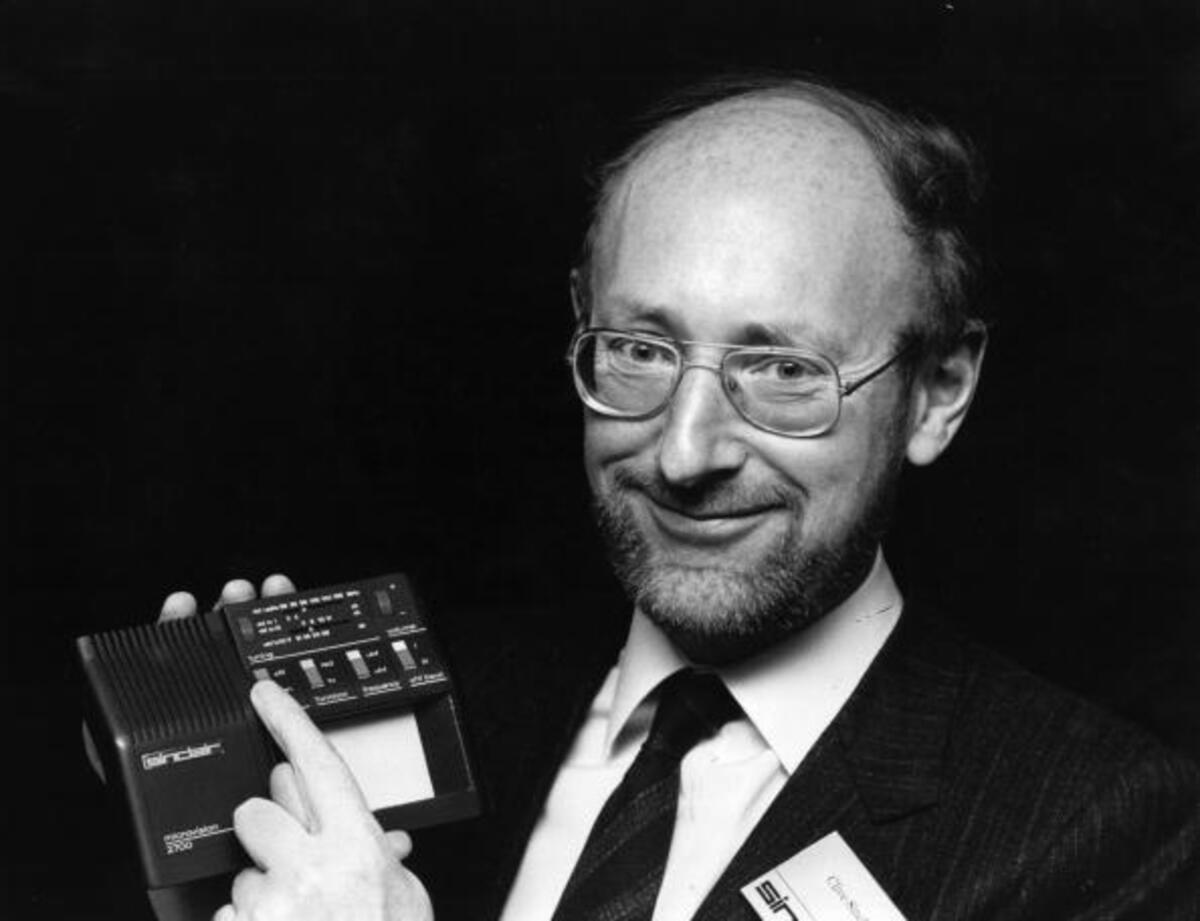Clive Sinclair Net Worth
This is one of the questions that people ask the most about Clive Sinclair, and although they always end up answering it on other pages with an “I don’t know, you know” or “it depends” if there are some estimates that various web portals mention.
Clive Sinclair’s net worth: Suzanne Lorraine Burce, better known as Jane Powell who had a net worth of $100 million at the time of his death. However, it is not possible to make an exact calculation about the fortune of this great Inventor. We have estimated Clive Sinclair’s net worth, salary, money, income, and assets.
| Full Name: | Clive Sinclair |
| Net Worth: | $100 million |
| Date of birth: | July 30, 1940 |
| Age: | 81 years |
| Profession: | Inventor and entrepreneur |
| Nationality: | British |
Clive Sinclair Died
Sir Cliff Sinclair, who popularized the home computer and invented the pocket calculator, died at the age of 81.
His daughter, Belinda Sinclair, told The Guardian that her father died at his London home on Thursday morning.
Clive Sinclair Biography
Sir Clive Sinclair is one of the greats. Among all the proper names, perhaps the ones I most admire are those who demonstrated exceptional ingenuity and technical abilities, such as Gunpei Yokoi or Sinclair himself. Sir Sinclair is basically an inventor; but an inventor of the books, just as we imagine them. He was born in London in 1940 and dropped out of school at 17, after finishing his secondary education. He worked for four years as a journalist specializing in technical issues, until what he learned during that time made him take the next step: in 1962 he founded his own company, Sinclair Radionics.
His first products included mail-order radio and amplification kits, and building on this, he quickly gained a great reputation as a pioneer in consumer electronics, but especially in miniaturization. In 1967, when turnover surpassed £ 100,000, Sinclair moved to Cambridge – initiating a fad that other high-tech firms would follow. Its unstoppable expansion brought the company to St. Ives in 1972.
But the real revolution had not yet started. That same year, Sinclair launched the “Executive”, the world’s first true pocket calculator – with a groundbreaking starting price alone: 79 pounds. He won multiple awards and profits of over £ 2.5 million. With the introduction of the ‘Cambridge’ range of calculators, Sinclair came to dominate the market in the UK.
Investing money
Tireless, Sir Clive Sinclair did not stop investing money and R&D efforts, mainly in digital watches, but certain supply difficulties led him to make losses for the first time. Another big project (and another first worldwide launch) was a pocket television, launched in collaboration with a state agency, the NEB (National Enterprise Board).
Its growth continued unstoppable until, in 1979, it was decided to split the company. NEB would keep the instrumental business (like multimeters, for example) and Clive Sinclair left all executive responsibilities at Sinclair Radionics. For his part, he started a new company with the second part, Sinclair Research, dedicated to consumer electronics.
The new company quickly emerged as a leader and pioneer in the newly launched personal computer market. Its first product, the Sinclair ZX80, was launched in February 1980 and was the first computer in the world to sell for less than £ 100. It was just 8.5 inches wide by 17 inches deep and 5 inches high and weighed 340 grams, a milestone.
Sir Clive correctly predicted at its launch that its availability would increase the size of the market. More than 100,000 were sold – 60% of which were exported – until August 1981, when production was discontinued to make way for the ZX81, its successor. Although the opposite is usually the case, this one was still cheaper at £ 69.95. It sold more than a million units in its first two years.
And if it was not enough, 1982 saw the birth of one of the myths in the history of computers and video games, especially at the European level. The ZX Spectrum, in color. Breaking everything, it was the market leader for 10 years. And without stopping to innovate (the ZX Spectrum received many updates), in 1984 the Sinclair QL appeared, at that time the first computer to use the Motorola 68000 as a processor.
But Sir Clive Sinclair remained tireless; sponsored literary awards, was honored with the title of Sir in 1983, and in 1985, for his commitment to electric vehicles, he launched, through his new venture Sinclair Vehicles, an electric tricycle.
In 1986, Sinclair Research parted ways with the world of computers, including the Sinclair range, which was sold to Amstrad.
I will not extend myself because it is not related to the world of consoles and video games, but Sir Clive Sinclair, in his 70s, is still active as an investor, whether of electric bicycles or devices to aid the mobility of car seats. wheels.

